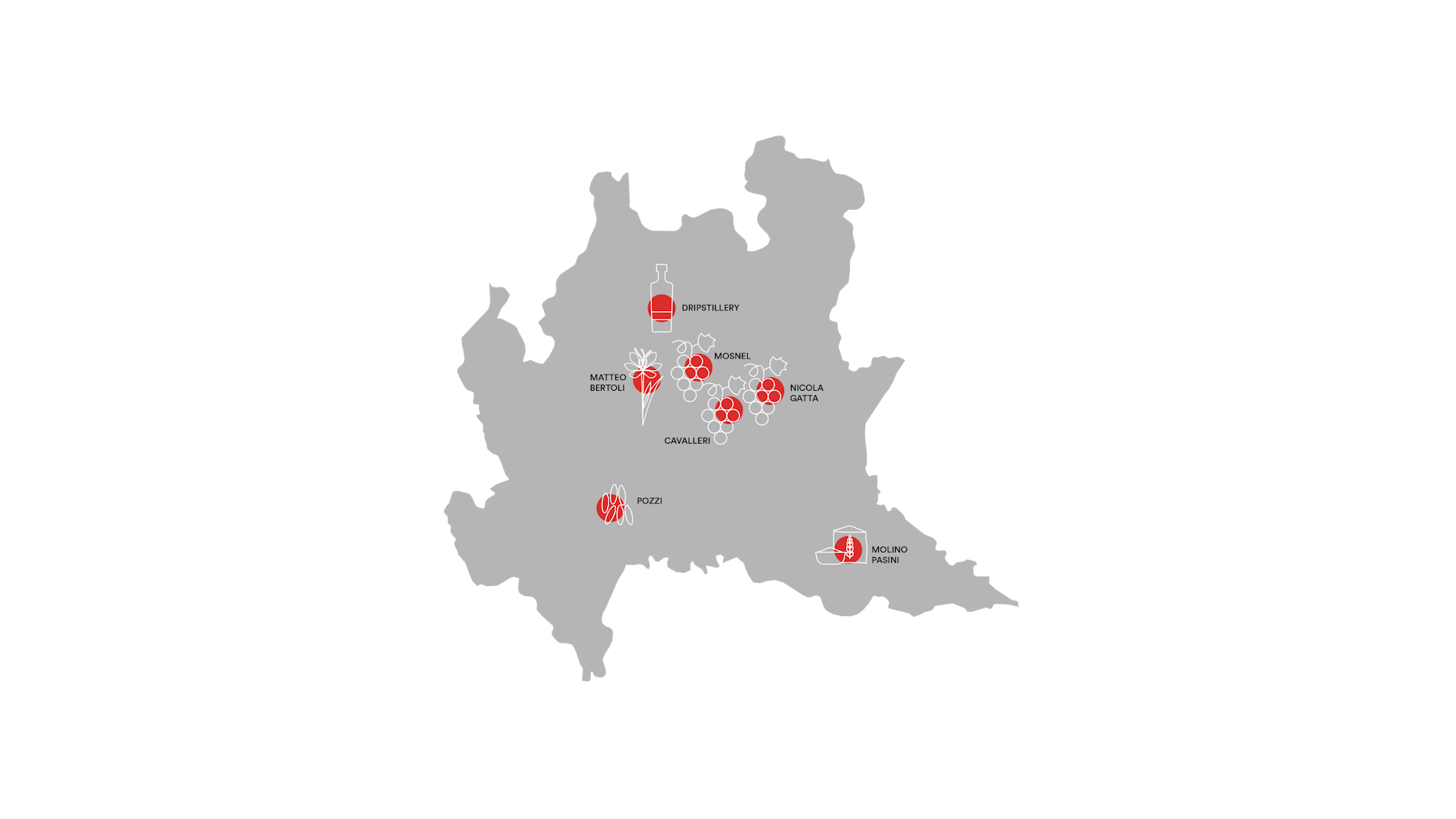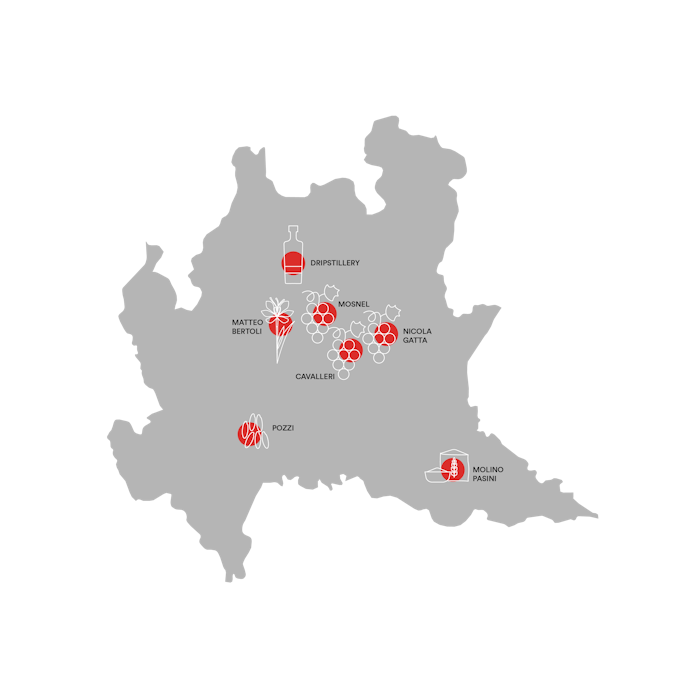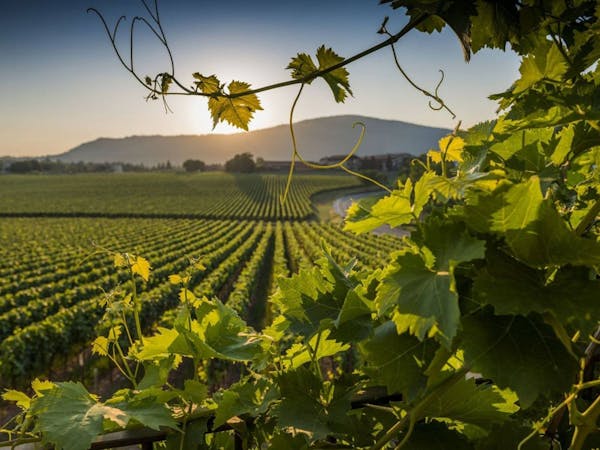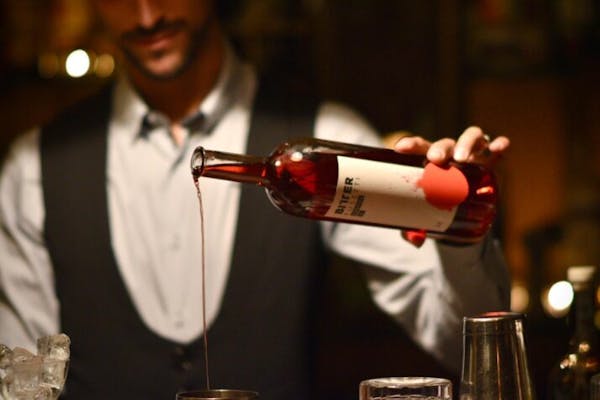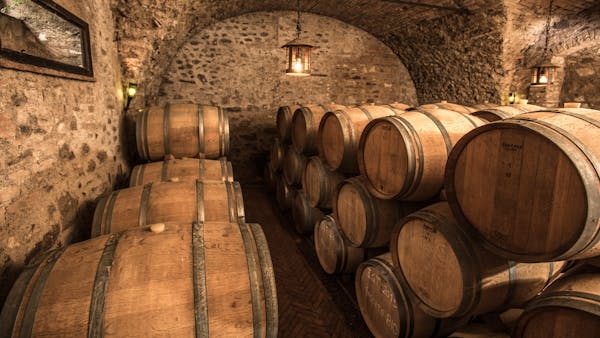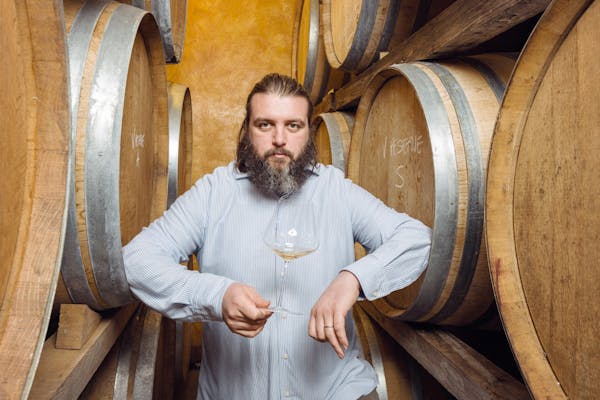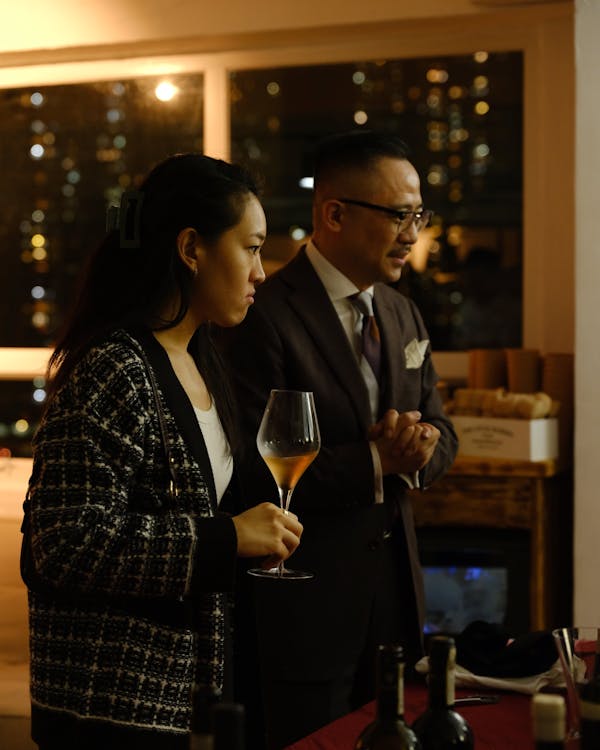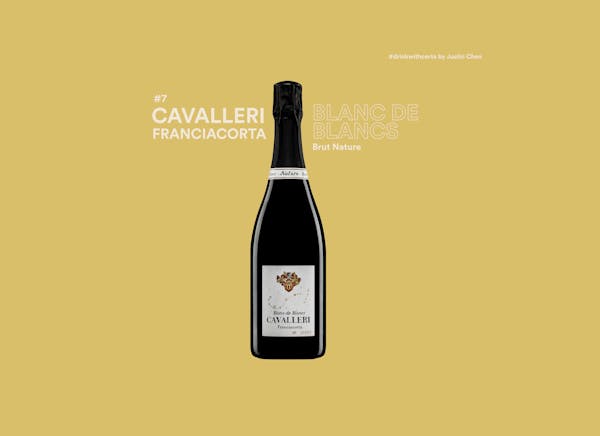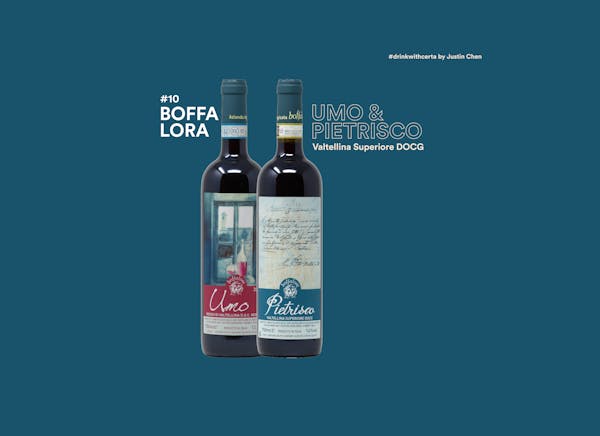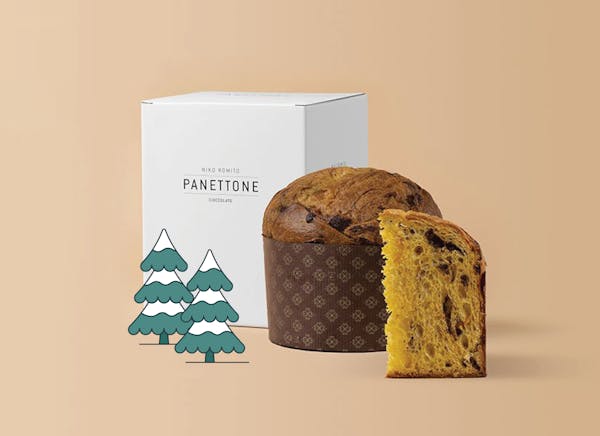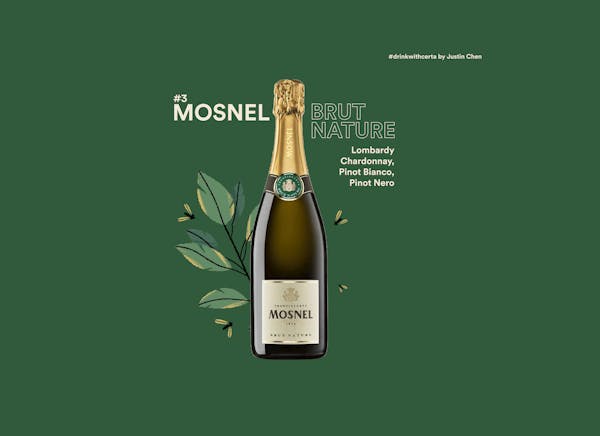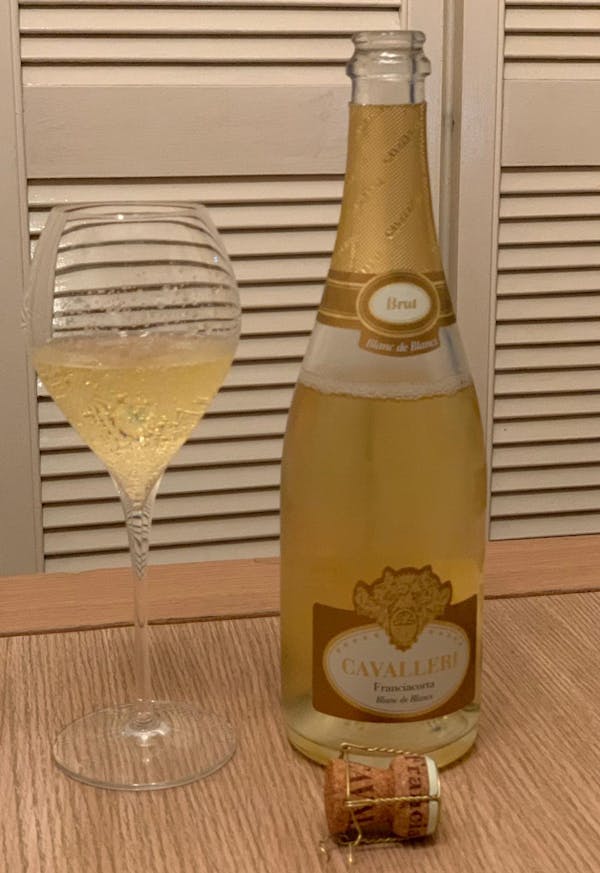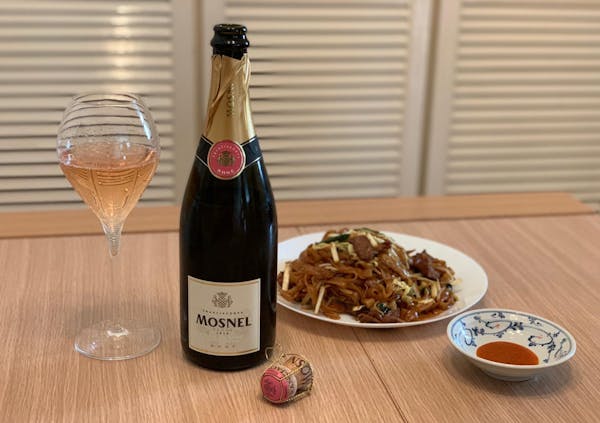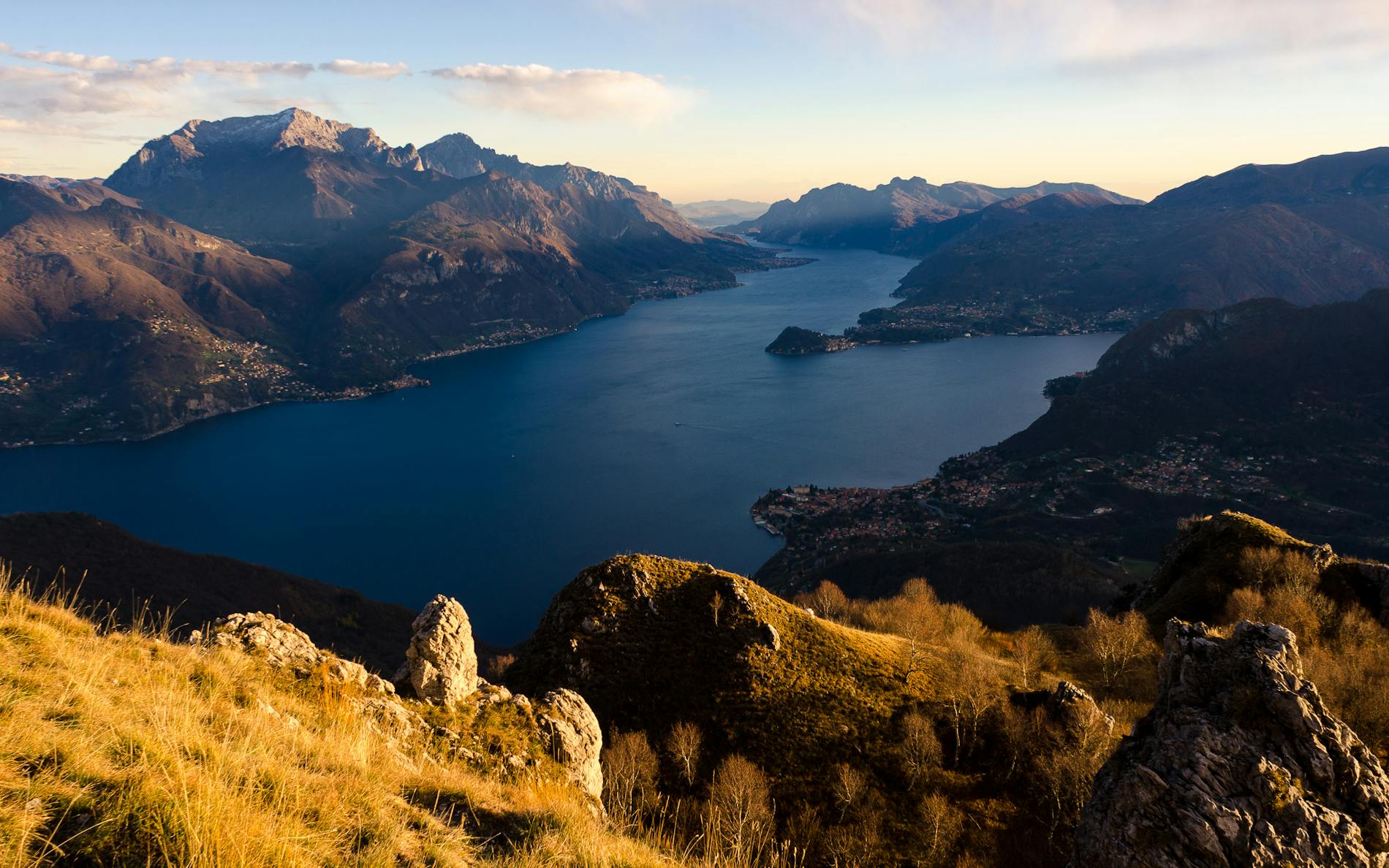
Lombardy
Overview
Lombardy is one of Italy’s largest regions and touches the border with Switzerland. Encased between the Alps and the Po Valley, it’s home to a variety of landscapes. Lombardy is the place to be, with its capital city of Milan and its villages. As for the numerous water bodies found in this region, we find Lake Garda, Lake Como, and Lake Maggiore.
The region of Lombardy features eleven UNESCO World Heritage Sites, including the infamous “The Last Supper” in Milan, the historic industrial village of Crespi d’Adda in Bergamo, the city of Cremona – known for its traditional violin craftsmanship, and the cities of Mantova and Sabbioneta – celebrated for their representation of Renaissance town planning.
- Lombardy is cheese culture
In peasant culture, dairy farming was the natural complement to farming, closing a circle of sustainability and recycling, essential in country life. Gorgonzola DOP, famous all over the world, was born in the city of the same name thanks to the mistake of a herdsman who forgot to combine a curd, obtaining the characteristic veins. The tradition of soft cheese is also characterized by Taleggio PDO, here too the molds give character and flavor, and in the countless variations of stracchino, even aged to enhance its taste. In the Alpine pastures of the Upper Brembana Valley, Bitto DOP is born, a cow's milk cheese with a cooked paste that expresses all the aromas of the pastures, also thanks to important maturations of up to 10 years.
- Lombardy is risotto
Huge swathes of Lombardy are covered by rice paddies in the Po Valley, which is why its risottos and other rice dishes are so famous. Butter, saffron, and parmesan are some of the ingredients most often combined with the base to make a variety of flavorful risottos. The most famous among the favourites is without doubt Risotto alla Milanese, which is prepared starting from the sauté of beef marrow and is completed with saffron. It is traditionally accompanied by Ossobuco, a slice of veal shank from which you eat the marrow.
- Lombardy is "Grandi Laghi" region
The "Grandi Laghi" of the region create a Mediterranean microclimate on the slopes of the Alps, making it possible to grow olive trees even at these latitudes, a practice that dates back to Roman times. Olio del Garda DOP is mainly produced with the native Casaliva cultivar, appreciated because it is persistent and tasty but extremely delicate. The DOP Olio Laghi Lombardi collects the areas of Lake Iseo and Como, also characterized by a very delicate taste and low acidity.
- Lombardy is Franciacorta
Franciacorta is an area of verdant rolling hills extending from the southern end of Lake Iseo to the flat area through which the river Oglio flows, a bit off the beaten track yet only an hour drive from Milan.
Wine has been made in the area for centuries but producers didn’t start making sparkling varieties until the 1960s. However, by 1995 this wine had been awarded “Denominazione di Origine Controllata e Garantita” (DOCG) status, making it one of the most strictly regulated wines in the country. Spanning approximately 3000 hectares, the vineyards yield 17.5 million bottles per year, produced by 116 wineries associated with the consortium. In addition, more than 62% of the vineyards are cultivated without the use of chemicals; a fact that distinguishes Franciacorta as one of the most important areas in the world for organic viticulture.
Franciacorta wine is made in the same metodo classico (with a second fermentation in the bottle) as champagne and cava: so the bubbles are smaller and last longer than in prosecco or lambrusco. It is made with Chardonnay and Pinot Nero grapes up to a maximum of 100%, while the Pinot Bianco is allowed within the limit of 50%. Thanks to the morainic soils and particular climatic conditions, these varieties mature fully and deliver an outstanding concentration of aromas.
